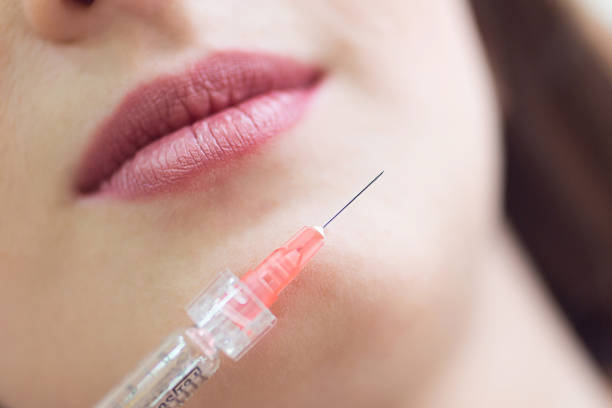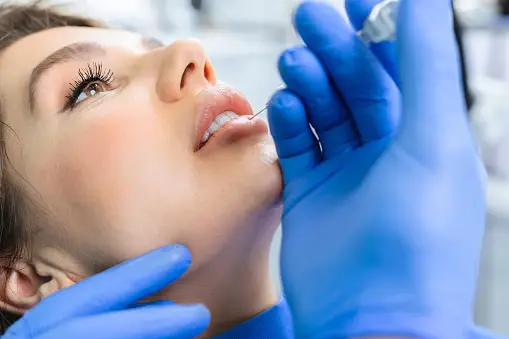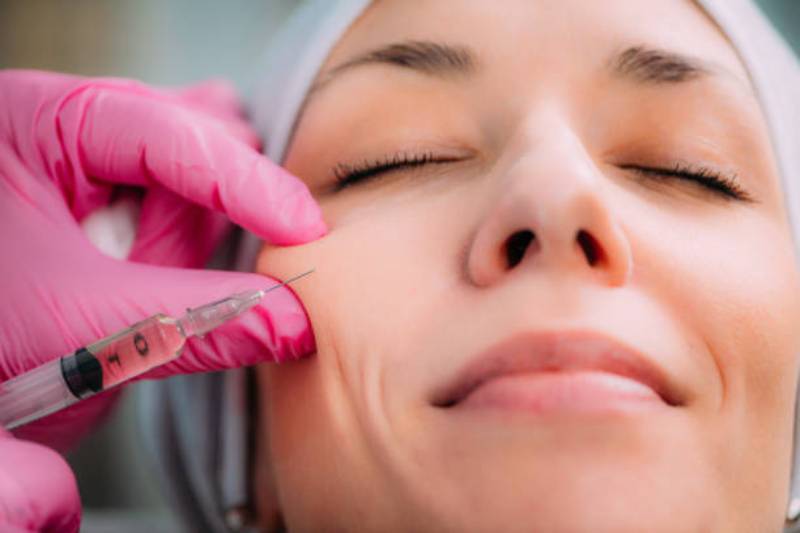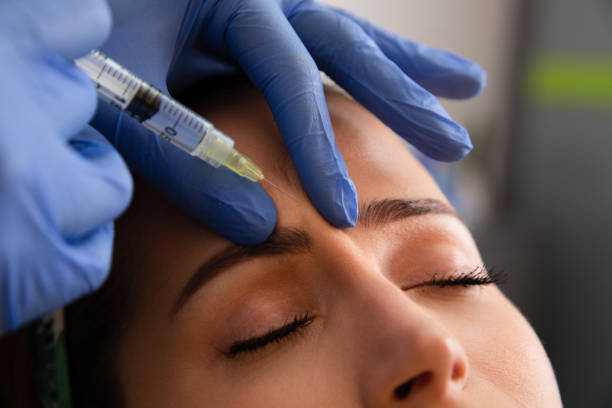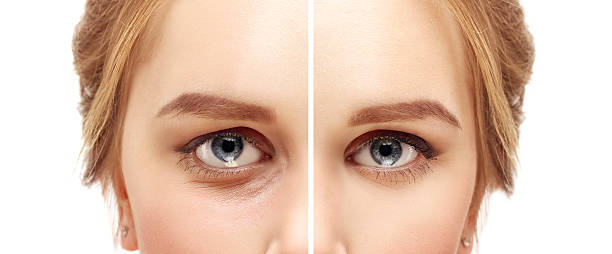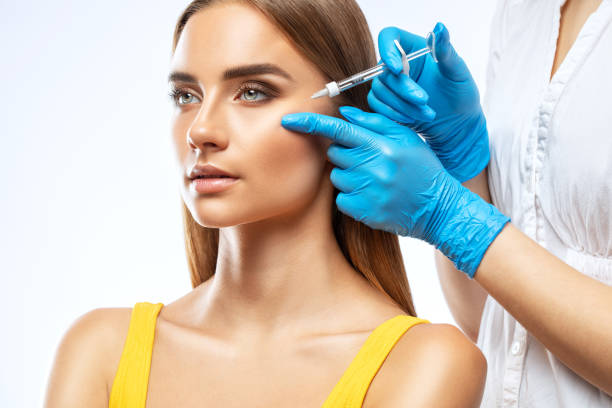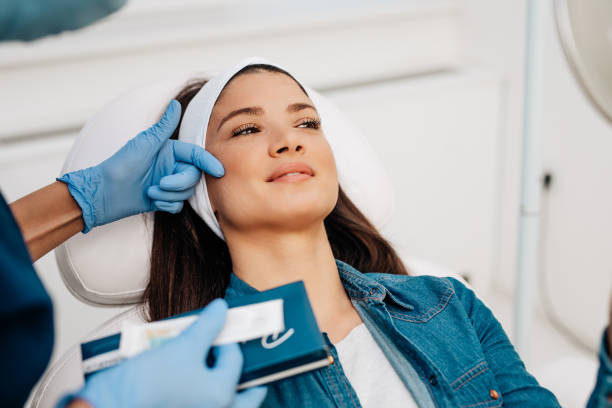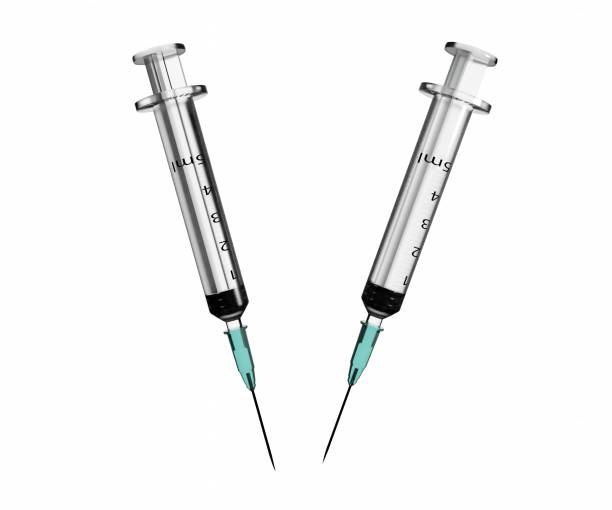Yes, you can stop using fillers once you start. Fillers, also known as dermal fillers, are injectable substances that are used to add volume to areas of the face, smooth out wrinkles, and enhance facial contours. They are a temporary solution and eventually get metabolized by the body over time. If you decide to stop […]
Category Archives: Dermal Fillers
Dermal fillers are a popular cosmetic treatment that can help smooth wrinkles and restore volume to the face, lips, and hands. They are non-invasive and provide immediate results, making them a popular option for those looking for a quick and effective way to rejuvenate their appearance. What Are Dermal Fillers? They are a type of […]
Fillers, such as dermal fillers used in cosmetic procedures, can have both positive and negative effects. While they are generally considered safe when administered by trained professionals, there are potential negative effects associated with their use. Here are some of the common negative effects of fillers: Bruising and Swelling: After the injection of fillers, it […]
Dermal fillers are injectable substances that are used to restore volume and smoothness to the face by filling in wrinkles, fine lines, and other facial imperfections. The most common dermal fillers are made from hyaluronic acid, a natural substance found in the body that helps keep the skin hydrated and plump. When injected into the […]
The choice of the best dermal filler can vary depending on your specific needs and goals. There are several types of dermal fillers, including: Hyaluronic Acid Fillers: These are among the most popular and widely used dermal fillers. Brands like Juvederm and Restylane offer hyaluronic acid-based fillers. They can be used to add volume, reduce […]
Maximizing filler results, particularly in the context of analytical or quality control processes, involves several steps and considerations. The term “filler results” can vary depending on the industry or specific process you are referring to, but here are general steps and strategies that can be applied: Define Objectives and Criteria: Clearly define what constitutes a […]
Several factors can influence how quickly dermal fillers dissolve and are absorbed by the body. These include: Metabolic Rate: Individuals with a higher metabolism often break down fillers more quickly. Type of Filler: Different fillers have varying longevity. For example, hyaluronic acid fillers tend to dissolve faster than more permanent options like calcium hydroxylapatite or […]
Drinking water can indeed help maintain the results of dermal fillers. Here’s how: Hydration: Well-hydrated skin is generally healthier and more plump, which can enhance the effects of fillers. Dehydrated skin can appear dull and may diminish the plumping effect of fillers. Longevity of Fillers: Staying hydrated may help in maintaining the longevity of the […]
After using filler material, there are several activities or actions that are generally not recommended or allowed to ensure the best results and avoid complications. These can vary slightly depending on the type of filler used and the specific instructions given by your healthcare provider, but some common restrictions include: Avoid touching or massaging the […]
Dermal fillers break down over time due to a combination of several factors: Natural Metabolic Processes: The body’s natural metabolism gradually breaks down the substances in dermal fillers. Hyaluronic acid fillers, for example, are metabolized by the body’s enzymes. Physical Activity: Increased physical activity and high metabolism can accelerate the breakdown of fillers. Sun Exposure: […]
